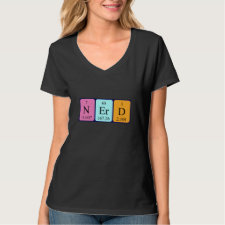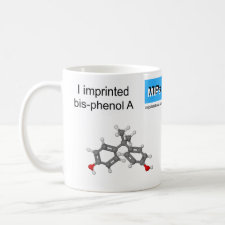
Authors: Kalogiouri NP, Tsalbouris A, Kabir A, Furton KG, Samanidou VF
Article Title: Synthesis and application of molecularly imprinted polymers using sol-gel matrix imprinting technology for the efficient solid-phase extraction of BPA from water.
Publication date: 2020
Journal: Microchemical Journal
Volume: 157
Article Number: 104965.
DOI: 10.1016/j.microc.2020.104965
Alternative URL: https://www.sciencedirect.com/science/article/pii/S0026265X20309334
Abstract: Bisphenol A (BPA) is a synthetic organic compound widely used as a starting material in plastics synthesis. Highly selective BPA imprinted sol-gel silica-based hybrid inorganic-organic polymeric sorbent (sol-gel MIP) was synthesized via matrix imprinting approach for the extraction of BPA in water samples. Two functional sol-gel precursors, phenyl triethoxysilane (PheTES) and 3-aminopropyl triethoxysilane (3-APTES) were used to enhance functional selectivity. The application of tetraethyl orthosilicate (TEOS) as the cross-linking reagent ensures an open, sponge-like architecture facilitates the rapid removal of the template molecules and rapid analyte mass transfer during extraction. The inherent cage-like structure of the sol-gel MIP facilitates rapid extraction with relatively high imprinting factor. The extraction protocol was optimized using Central Composite Design (CCD) coupled to Response Surface Methodology (RSM). The optimum conditions require the use of 2 mL acetonitrile (ACN) and 15 min sample holding time. The cross-reactivity tests proved that the sol-gel MIP possesses higher specific retention and enrichment capacity for BPA compared to its non-imprinted analogue. The imprinting factor (IF) was equal to 6.58 ± 0.23 (n=3) and the sol-gel MIP was adequately selective for BPA providing high absorption capacity. The molecularly imprinted solid-phase extraction combined with high pressure liquid chromatography photodiode array analysis method (MISPE-HPLC-PDA) was validated and demonstrated excellent linearity (0.995), high recovery (RE: 93.4 with RSD, n = 5), satisfying repeatability and precision over the range 90.7-96.1 ng μL-1 and 85.4-92.3 ng μL-1, respectively as well as adequately low detection and quantification limit for BPA (LOD: 0.015 ng μL-1, LOQ: 0.045 ng μL-1)
Template and target information: bisphenol A, BPA
Author keywords: bisphenol A, Sol-gel MIP, water analysis, Imprinting factor, liquid chromatography



Join the Society for Molecular Imprinting

New items RSS feed
Sign-up for e-mail updates:
Choose between receiving an occasional newsletter or more frequent e-mail alerts.
Click here to go to the sign-up page.
Is your name elemental or peptidic? Enter your name and find out by clicking either of the buttons below!
Other products you may like:
 MIPdatabase
MIPdatabase









